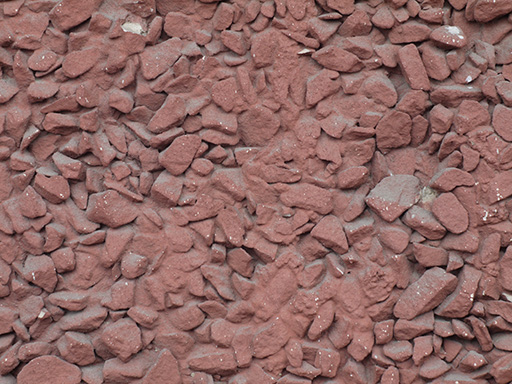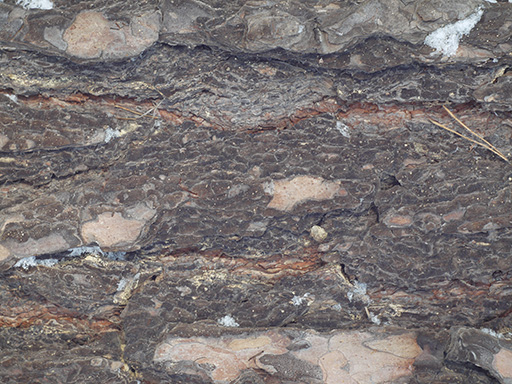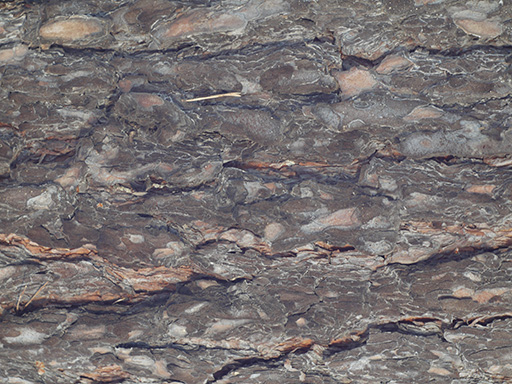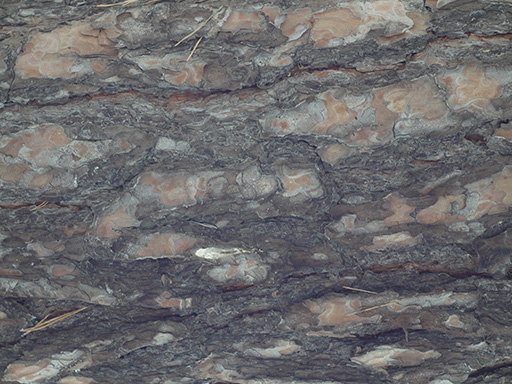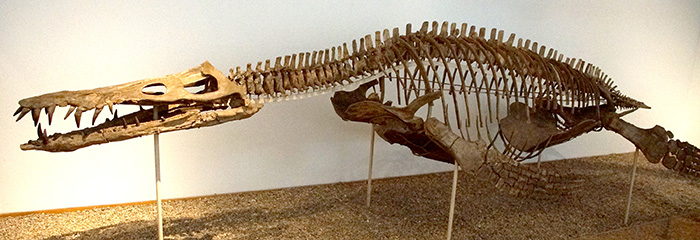
In Jurassic seas of Mesozoic era different animals lived : among them there were liopleurodons – reptiles belonging to plesiosaurs, which had teeth like of modern orcas. Their scientific name is translated from Ancient Greek as “having smooth sided teeth“, they grew up to 7 m in length, had mass around 1 – 1.7 tons and were one of the largest marine predators of their times. Modern studies show, that their mouth closing strength was not so big, as modern crocodiles have or replaced then in Cretaceous period mosasaurs had, but they compensated this with gigantic size and sharp teeth; they moved in water by flapping alternately ( for maneuverability ) or together ( for acceleration ) with both pairs of their flippers-like limbs and flew, like birds, in depths of Mesozoic waters. Such kind of propulsion is not the most energy-efficient, but provides high acceleration and maneuverability, which is needed for ambush predator.
Liopleurodons lived approximately 160 – 150 millions of years ago; their skull length reached 1/5th of their overall length and was 1.2 m maximum in absolute value; they had short neck, which is characteristic for pliosaurus family ( which belongs to plesiosaurus ), this differentiated them from long-necked members of this species and allowed them to hunt on larger preys. Up to current time not much fossils of liopleurodons were found : 1 almost complete skeleton and small amount of fragments, including teeth. Mainly they were found in Europe : in England and France, there are also findings in Russia. For the first time animals of this species were studied and described in 1873 year by Henri Émile Sauvage; later this marine reptiles species was examined again by other paleontologists, performed its reclassification.
